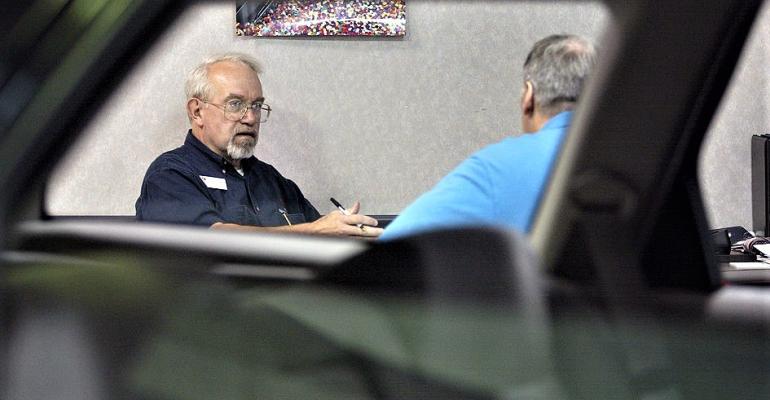Successful dealers know finance and insurance products boost the profitability of vehicles sold and, in the case of service contracts and prepaid maintenance, foster long-term customer relationships.
However, too few F&I managers properly present products for maximum customer acceptance.
That’s a problem when you consider how much money is potentially left on the table. For example, if you sell 100 service contracts and 70% of those customers return to the service department with an average claim of $500, that’s $35,000 in additional claims yield.
A few tweaks to presentation skills can help your managers sell more so that money goes in your pocket – not to the shop down the street. Let’s explore common product presentation missteps and how to fix them.
Selling the Product, Not the Problem
Too often managers launch into explanations of the benefits of products, but customers do not understand the problems those products were created to address. Take GAP coverage, for example. Instead of diving into the ins and outs of the product, start by explaining the problem. Does the customer understand that if the vehicle is totaled in a collision and there’s a difference between what is owed on the loan and the amount covered by insurance, the customer is on the hook to pay that difference? Another example is a vehicle service contract. Does the customer understand that when the manufacturer’s warranty expires, they must pay for repairs out-of-pocket? Sell the problem by presenting common repairs and equivalent repair costs for the specific make and model under discussion. When you make the problem concrete, it’s much easier to sell the benefits of the product as the answer to the problem.
Using Product Menus as a Crutch
The product menu is not meant to be the customer presentation. Yet too often it is used that way. The problem is that there is no value in the menu itself; the presentation builds the value. In addition, when you bring out the menu at the beginning of the conversation the customer can’t help but focus on the pricing that is right in front of their eyes and not on the manager’s words. For an effective presentation, talk in terms of problems that exist. For example, tell customers that buyers commonly are concerned about the manufacturer’s warranty expiring, an accident where the vehicle is a total loss, or appearance problems such as upholstery stains or dents and scratches. Explain how costly each of these scenarios can be and how you offer products to offset those costs. Then pull out the menu, point to the products and offer payment plans. When you build value upfront, customers are more receptive to the menu options.
Closing With an Open-ended Question
A proper close is not an open-ended question. Saying, “How does that product and payment sound?” will not sell products. Instead, make the options concrete and phrase them as if it’s a no-brainer that the customer will pick one. Try telling a customer “I have two payment options, a 60-month and a 72-month, which would you prefer?”
Maintaining Mystery Around the F&I Process
Every dealership follows a very specific road to a sale, and all roads lead to the F&I office. So, why do so many dealerships keep the customer in the dark? Customers waiting alone for the F&I manager who don’t understand why they are waiting and simply want to go home are not going to be receptive to the F&I presentation. Pull back the curtain and tell them upfront the steps of the process. In a perfect world, the F&I manager should come out and greet customers, thank them for purchasing a vehicle, explain that it takes some time to prepare the paperwork, and once in the office the process will take about 30 minutes. Then tell them why. The “why” should include that it takes time to ensure every number is correct so the customer does not have to return to the store to re-sign paperwork, and that your dealership has products to protect the customer’s investment that the manager would like to discuss. Taking the time to explain what to expect shows respect for the customer and puts them in a better frame of mind to listen to the presentation.
 The road to better F&I product penetration is paved with great customer presentations. Take these tips into consideration to expand opportunities and maximize wins – the result will be more profit on every vehicle sold.
The road to better F&I product penetration is paved with great customer presentations. Take these tips into consideration to expand opportunities and maximize wins – the result will be more profit on every vehicle sold.
Rob Volatile (pictured, left) is senior vice president and managing director of EasyCare at APCO Holdings, home of the GWC Warranty and EasyCare brands.





